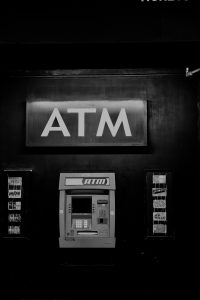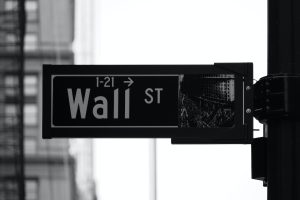Forex trading is a complex and multifaceted industry that involves a range of different strategies and approaches. Institutional forex traders (i.e. those who trade on behalf of large financial institutions such as banks and hedge funds) are among the most sophisticated and skilled participants in the forex market. These traders use a variety of indicators and tools to analyze market trends, identify potential opportunities, and develop trading strategies that can generate significant returns.
In this article, we will explore some of the key indicators that institutional forex traders use in their day-to-day trading activities. These indicators can be broadly classified into three categories: technical indicators, fundamental indicators, and sentiment indicators.
Technical Indicators
Technical indicators are tools that are used to analyze price movements and patterns in order to identify potential trading opportunities. Institutional forex traders rely heavily on technical indicators to help them make informed trading decisions. Some of the most commonly used technical indicators include:
1. Moving Averages – A moving average is a line that is plotted on a chart to show the average price of a currency pair over a specific period of time. Institutional traders use moving averages to identify trends and momentum in the market. For example, if the price of a currency pair is trading above its 50-day moving average, this may indicate that the trend is bullish and that there may be potential buying opportunities.
2. Relative Strength Index (RSI) – The RSI is a momentum indicator that measures the strength of a currency pair’s price action. Institutional forex traders use the RSI to help them identify overbought and oversold conditions in the market. If the RSI is above 70, this may indicate that a currency pair is overbought and that there may be potential selling opportunities. Conversely, if the RSI is below 30, this may indicate that a currency pair is oversold and that there may be potential buying opportunities.
3. Bollinger Bands – Bollinger Bands are a volatility indicator that are used to measure the range of price movements in a currency pair. Institutional traders use Bollinger Bands to identify potential breakouts and reversals in the market. For example, if the price of a currency pair is trading near the upper Bollinger Band, this may indicate that the market is overbought and that there may be potential selling opportunities.
Fundamental Indicators
Fundamental indicators are tools that are used to analyze economic and political factors that may impact the forex market. Institutional forex traders rely on fundamental indicators to help them make informed trading decisions based on economic news and events. Some of the most commonly used fundamental indicators include:
1. Gross Domestic Product (GDP) – GDP is a measure of a country’s economic output. Institutional traders use GDP to help them identify potential trading opportunities based on the strength of a country’s economy. For example, if a country’s GDP is growing at a strong rate, this may indicate that there are potential buying opportunities in that country’s currency.
2. Interest Rates – Interest rates are a key driver of currency values. Institutional forex traders use interest rates to help them identify potential trading opportunities based on the expected direction of interest rates. For example, if a country’s central bank is expected to raise interest rates, this may indicate that there are potential buying opportunities in that country’s currency.
3. Political Events – Political events can have a significant impact on the forex market. Institutional traders use political events to help them identify potential trading opportunities based on the expected impact of those events. For example, if a country is expected to hold an election, this may create volatility in the market and create potential trading opportunities.
Sentiment Indicators
Sentiment indicators are tools that are used to measure the overall sentiment of market participants. Institutional forex traders use sentiment indicators to help them identify potential trading opportunities based on the behavior of other traders in the market. Some of the most commonly used sentiment indicators include:
1. Commitment of Traders (COT) Report – The COT report is a weekly report that is released by the Commodity Futures Trading Commission (CFTC) that shows the positions of large traders in the forex market. Institutional forex traders use the COT report to help them identify potential trading opportunities based on the behavior of other traders in the market.
2. Market Sentiment Index – The Market Sentiment Index is a tool that is used to measure the overall sentiment of market participants. Institutional forex traders use the Market Sentiment Index to help them identify potential trading opportunities based on the behavior of other traders in the market.
3. News Sentiment Index – The News Sentiment Index is a tool that is used to measure the overall sentiment of news stories related to a particular currency pair. Institutional forex traders use the News Sentiment Index to help them identify potential trading opportunities based on the sentiment of news stories related to a particular currency pair.
In conclusion, institutional forex traders use a range of different indicators and tools to analyze market trends, identify potential opportunities, and develop trading strategies that can generate significant returns. By understanding the different types of indicators that these traders use, retail traders can gain valuable insights into the forex market and improve their own trading strategies. However, it is important to note that forex trading is a complex and risky activity that requires a high degree of skill and expertise, and that traders should always conduct their own research and analysis before making any trading decisions.





